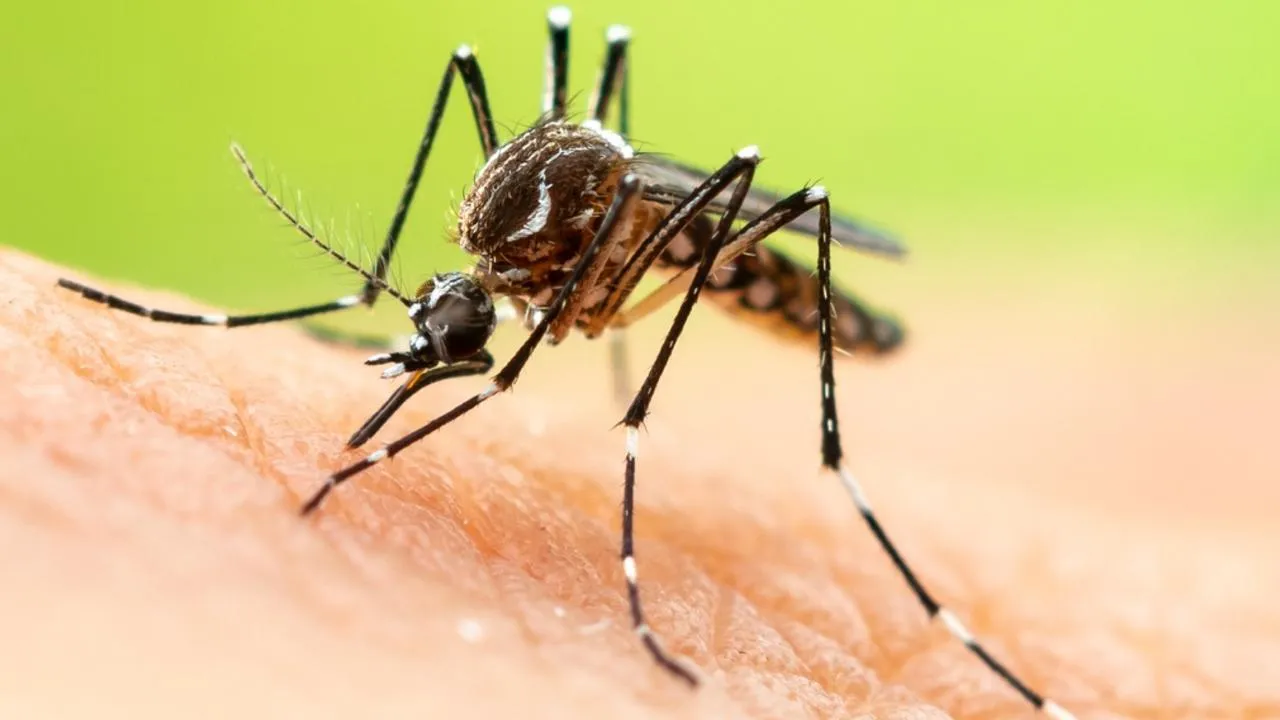INTRODUCTION:
Recently, the High Courts of various jurisdictions have witnessed a surge of cases wherein inter-faith, inter-caste, LGBTQ, live-in, heterosexual couples wherein the man is under the age of 21 years and adulterous couples began approaching them under writ jurisdiction. Although, different words have been used to classify the type of relationship, the woes faced by the couple which forms the cause of action for approaching the jurisdictional High Court is similar i.e., threats being made by the parents, relatives or community towards their lives and well-being. Additionally, the prayer made in the petitions is similar as well i.e., protection of life and liberty as guaranteed under Article 21 of the Constitution of India.
However, even though, the cause of action made in the petitions is similar, the High Courts as a norm have granted protection to only inter-faith, inter-caste, and LGBTQ couples. While on the other hand have been ambivalent to grant similar relief in relationships of heterosexual couples wherein the man is under the age of 21 years, live-in and adulterous couples. The internecine between judges of the same High Court concerning the grant of relief in the latter type of relationships has only added fuel to flame and put the cherished rule of Stare decisis in jeopardy.
The present article attempts to highlight the erroneous jurisprudence laid down by the High Courts while refusing to grant protection to life of certain couples particularly adulterous couples. The article focuses specifically on addressing the jurisprudence relied upon by the High Courts of equating grant of protection vis-à-vis recognition of marriage/union for refusing protection to adulterous couples.
Jurisprudence as laid down by the High Court while refusing to grant protection:
The Hon’ble Rajasthan High Court in the matter of Rashika Kandal & Anr. v. State of Rajasthan & Ors, S.B. Crl. Msc. (Petition) No. 3023/2021 held that as the man in the relationship was married, the relationship does not constitute a legitimate and valid recognizable live-in relationship and thus refused to pass an order for protection of life and liberty.
A Division Bench of the Hon’ble Allahabad High Court in the matter of Aneeta & Anr. v. State of U.P. & Ors. Writ C No. 14443 of 2021 held that the married half of the adulterous couple would first be required to take a divorce from the spouse, and only after the grant of the same approach the High Court for protection of their life. Additionally, the High Court held that granting protection to the life of the couple who are in an illicit relationship would amount to the High Court assenting to this relationship.
The Hon’ble Punjab and Haryana High Court in the matter of Harpreet Kaur & Anr. v. State of Punjab CRWP-10399-2021 refused to grant protection of life as the High Court for two reasons. Firstly, such adulterous relationships do not fall within the phrase “live-in relationships” or “relationships” in the nature of marriage. Secondly, such relationships are in violation of Section 494 of the Indian Penal Code i.e., “Marrying again during the lifetime of husband or wife” and Section 495 of the Indian Penal Code i.e., “Same offence with concealment of former marriage from persons with whom subsequent marriage is contracted” and that granting protection to such couples would amount to protection against commission of the abovementioned offence.
A perusal of the above mentioned judgements would show that the predominant raison d’etre behind the refusal of the High Courts to grant protection order to adulterous couple is because in the opinion of the High Court it would amount to recognizing as well as giving a stamp of approval to their union, which in the High Court’s opinion would disturb the social and moral fabric of the society as well as be in violation of the personal laws and criminal laws of the country.
DRAWING PARALLELS:
i. Is there a limitation as to who can seek the right to life as guaranteed and protected under Article 21 of the Constitution?
Article 21 of the Constitution of India states that, “no person shall be deprived of his life or personal liberty except according to procedure established by law”. Justice L. Nageswara Rao, a sitting judge of the Hon’ble Supreme Court of India while speaking at the Justice V.R.Krishna Iyer Memorial Lecture has stated Article 21 to be “the shining star in the constellations of rights provided to citizens by the constitution”. It is clarified that unlike Article 19 which is guaranteed only to the citizens of this country, Article 21 encompasses within its ambit all persons in the country. If the jurisprudence of the High Courts is accepted, it would lead to a situation wherein the light of this twinkling and shiny star would not be available to all, specifically individuals that have committed an act which is considered to be against the laws of the country when darkness befalls in their life.
However, such is not the true position of law in this country. The Hon’ble Supreme Court of India in the matter of State of Andhra Pradesh v. Challa Ramkrishna Reddy and Ors. Civil Appeal No. 3969 of 1989 has held that, “Right to life is one of the basic human right. It is guaranteed to every person by Article 21 of the Constitution and not even the State has the authority to violate thar right. A prisoner, be convict or undertrial or a detenu, does not cease to be a human being. Even when lodged in the jail, he continues to enjoy all his fundamental rights including right to life guaranteed to him under the Constitution”
Thus, if one accepts the jurisprudence laid down by the High Courts, it will lead to an absurd situation wherein the life of individuals that have committed an act to be in violation of the criminal laws of the country and convicted of the same is protected. However, two adults making a conscious decision of living in adultery, agreeably in direct violation of marriage/personal laws or criminal laws of the country, are not entitled to protection of their life.
ii. Protection Granted to same-sex couples has not led to their relationship being recognized in Indian law as a valid marriage:
The best example one can take to hammer the point that grant of protection does not equal recognition or establishment of a valid marriage is to see the orders passed by High Courts when same-sex couples approach them seeking protection of life and liberty. The Hon’ble Supreme Court in the matter of Navtej Singh Johar v. Union of India, W.P. (Crl) No. 76 of 2016 has read down Section 377 of the Indian Penal Code thus legalizing same-sex couples to enter consensual physical relationships. However, their right to marry each other is not yet been approved in Indian law and thus is not legitimate in the eyes of the law if performed. Nonetheless, the Hon’ble Punjab and Haryana High Court in Paramjit Kaur v. State of Punjab CRWP-5024-2020 (O&M) while granting protection to a same-sex couple held that, “legitimacy of their relationship with each other, therefore, is of no consequence viz-a-viz their right to life and liberty”. It is this jurisprudence of separating legitimacy of relationship and protection of life and liberty that needs to be followed and applied by courts when deciding the protection plea of adulterous couples as well.
CONCLUSION:
Like a farmer who separates the wheat from the chaff, the present article highlights the need for the judiciary to separate the issue of protection of life and examination of the legitimacy of a relationship in law. It is emphasized that right to protection of one’s own life stands on a higher pedestal than the rights available to an individual against their respective spouses. The spouse of the individual in an adulterous relationship, has the option of availing remedies as available to them under their personal laws, be it restitution of conjugal right under Section 9 of the Hindu Marriage Act, 1955 or divorce. Additionally, the spouse can avail the remedy of approaching the police and filing a criminal case if the facts so permit. On the other hand, the spouse in the adulterous relationship too has the option of availing the right of divorce or continue in the adulterous relationship without taking a divorce and wait for their spouse to take the requisite action. Thus, the court cannot lay down the jurisprudence of making it mandatory for a couple to first legitimize their relationship or for an individual to first avail their right to divorce before seeking enforcement of their fundamental right to life, such condition precedent flies in the teeth of India’s constitutional jurisprudence. Although this article has specifically delt with couples in adulterous relationships, the arguments made are applicable to any situation wherein a prayer for grant of protection of life and liberty is made.























